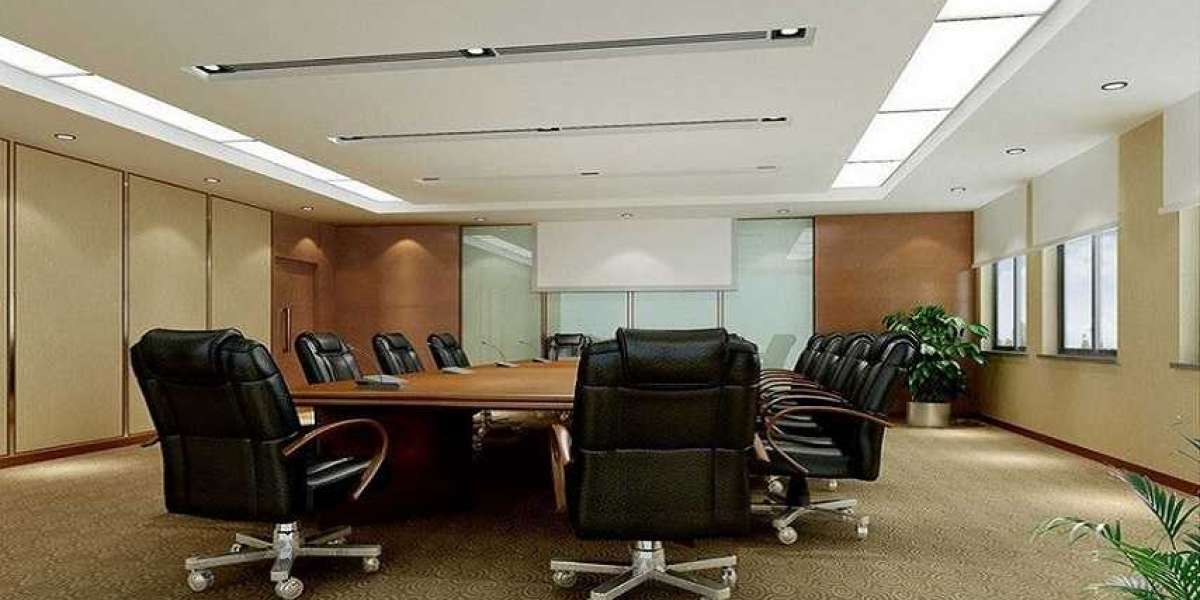In today’s fast-paced corporate landscape, achieving balance is no longer just an individual aspiration—it’s a business imperative. Companies increasingly recognize that their office environments significantly influence employee well-being, productivity, and organizational success. Thoughtful office design can serve as a powerful tool to foster harmony between work demands and personal needs, ensuring sustainable growth for both employees and the organization.
The Shift Toward Employee-Centric Spaces
Gone are the days when office design was solely about functionality. Modern workplaces emphasize the importance of human-centric design—spaces that cater to the physical, emotional, and psychological needs of employees. Incorporating flexible seating arrangements, ergonomic furniture, and quiet zones allows employees to adapt their work environment to their tasks and personal preferences.
For example, open-plan designs encourage collaboration and teamwork, while quiet pods provide spaces for deep focus. This balance ensures that employees can navigate between high-energy group activities and restorative individual work seamlessly.
Enhancing Wellness Through Design
The physical environment plays a crucial role in promoting health and wellness. Natural lighting, biophilic elements, and air quality enhancements create spaces that feel refreshing and energizing. Studies have shown that exposure to natural elements reduces stress, boosts mood, and improves cognitive function.
Companies like Google and Salesforce have adopted wellness-driven designs by incorporating indoor gardens, meditation rooms, and fitness areas. These features not only enhance employee satisfaction but also reduce burnout and absenteeism, contributing to a balanced and productive workforce.
Supporting Work-Life Integration
Thoughtful office design extends beyond aesthetics; it’s about creating an ecosystem that supports work-life integration. Amenities such as daycare facilities, nursing rooms, and leisure zones make it easier for employees to manage personal responsibilities without compromising work performance.
Furthermore, the inclusion of hybrid workstations and technology-enabled collaboration areas ensures that remote and in-office employees remain connected. This flexibility fosters a sense of inclusion and empowers employees to maintain balance regardless of where they work.
Boosting Productivity Through Purposeful Design
A well-designed office optimizes workflow by minimizing distractions and fostering focus. Acoustic panels, strategic layouts, and soundproof meeting rooms help create an environment conducive to concentration. At the same time, breakout spaces and innovation hubs encourage spontaneous brainstorming and creative problem-solving.
Purposeful design also addresses inclusivity. By considering the diverse needs of employees—such as accessibility features for differently-abled individuals—companies can build workplaces that empower everyone to perform at their best.
The ROI of Thoughtful Design
Investing in thoughtful office design yields measurable returns. Companies that prioritize employee well-being experience higher retention rates, improved morale, and increased engagement. These benefits translate into tangible outcomes, including enhanced innovation and better financial performance.
Moreover, a well-designed office serves as a testament to a company’s values and commitment to its people, attracting top talent and strengthening its employer brand.
Conclusion
In the corporate world, balance is the cornerstone of success. Thoughtful office design bridges the gap between professional demands and personal well-being, creating an environment where employees and businesses can thrive. By investing in spaces that promote wellness, flexibility, and inclusivity, companies pave the way for a more balanced and sustainable future.
Creating an Inviting Waiting Area: Furniture and Design Tips
Why Ergonomic Office Chairs Matter in Modern Office Design








